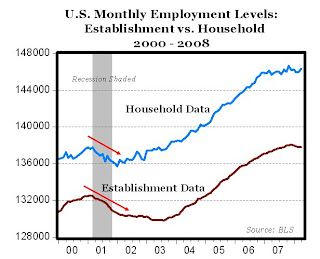It really has been an interesting week of economic news:
- Real GDP growth has been better than expected (good).
- Real personal disposable income grew at highest rate in months in April (good).
- Consumer confidence dropped for a fourth-straight month to 59.8, the lowest since 1980 (bad).
- Unemployment’s only running at 5% while interest rates are quite low (good).
- One-year inflation expectations grew to 5.2% (bad).
- Falling housing prices continue to be a significant source of down-side risk to the economy (bad).
- The EIA is forecasting gas prices below $3.50 by the end of this year, and below $3.00 by the end of next year (good).
Bottom line for green industry firms: As I have said many times, stay the course. Also consider increasing your marketing expenses. Yes, you read that correctly. Increase your spending on marketing right now! As others are making cutbacks (and marketing is usually the first thing to go during hard times), increase your marketing efforts to gain increased “mindshare.” While you should be spending 3-5% of gross sales on marketing normally, consider increasing this to 5-8%.
Speak when others are quiet and even a whisper can be heard. Imagine if you shout.

